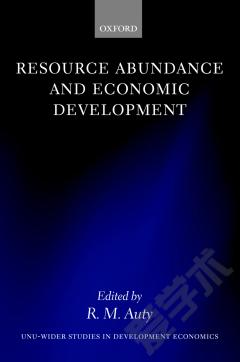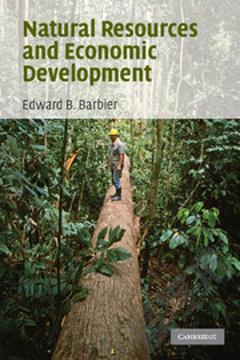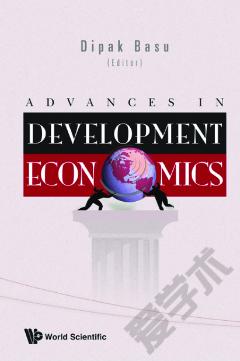Resource Abundance and Economic Development
I. INTRODUCTION Introduction and Overview II. CRITICAL PARAMETERS IN RESOURCE-BASED DEVELOPMENT MODELS 2. Natural Resources, Capital Accumulation, Structural Change, and Welfare 3. The Sustainability of Extractive Economies 4. Natural Resources, Human Capital, and Growth 5. The Social Foundations of Poor Economic Growth in Resource-Rich Countries III. LONG-TERM PERSPECTIVE ON, AND MODELS OF, RESOURCE-BASED GROWTH 6. Natural Resources and Economic Development: The 1870-1914 Experience 7. Short-Run Models of Contrasting Natural Resource Endowments 8. Political Economy of Resource-Abundant States IV. DEVELOPMENT TRAJECTORIES OF RESOURCE-ABUNDANT COUNTRIES 9. Competitive Industrialization with Natural Resource Abundance: Malaysia 10. A Growth Collapse with Diffuse Resources: Ghana 11. A Growth Collapse with Point Resources: Bolivia 12. A Growth Collapse with High Rent Point Resources: Saudi Arabia 13. Large Resource-Abundant Countries Squander their Size Advantage: Mexico and Argentina V. LESSONS FOR POLICY REFORM 14. Reforming a Small Resource-Rich Developing Market Economy: Costa Rica 15. Growth, Capital Accumulation, and Economic Reform in South Africa 16. Reforming Resource-Abundance Transition Economies: Kazakhstan and Uzbekistan 17. Reforming a Large Resource-Abundant Transition Economy: Russia 18. A Nordic Perspective on Natural Resource Abundance VI. CONCLUSIONS 19. Conclusions: Resource Abundance, Growth Collapse, and Policy
{{comment.content}}








 京公网安备 11010802027623号
京公网安备 11010802027623号